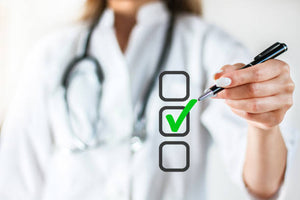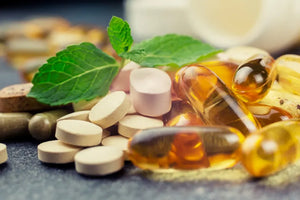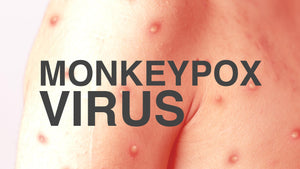
A Comprehensive Guide to Assembling a First Aid Kit
From our childhood, we have read and heard people say that a first aid kit is essential in every household and office space. In fact, one should keep a first aid kit handy in the car as well. First aid boxes come in all shapes and sizes, and they are different for specific activities. You can either buy a first aid box from a drugstore or even make your very own, assembled to your specific needs and conditions. When in possession of a first aid kit, make sure you also put numbers of health care providers in case of emergency. It is also a good idea to check the kit regularly to replace any expired medication. When assembling a first aid kit at home, make sure it has the following items:
- Compress dressing – it is helpful if they are absorbent and are around 5 x 9 inches
- Adhesive bandages – it is wise to keep a good number of adhesive bandages and sterile gauze swabs (3 x 3 inches) so that they can be used generously when required. 25 at a time is a good number
- Cloth tape – an adhesive cloth tape around 10 yards x 1 inch is also a good idea for a first aid box
- Ointments – bruises and wounds are extremely common, and one must have antibiotic ointments of different kinds for burns and bruises of varying proportions and intensity. Make sure the ointments you choose the suit you.
- Cold compress – a must in case of sprains or aches, along with antiseptic wipe packets and roller bandages
- Medication – along with bandages and ointments, it is a good idea to store medicines like aspirin and crocin for fever and the common cold. Headaches and fevers can be cured by a simple medicine and it should be included in the kit. Electrolyte solution or powder is also important
- Instruments – thermometer, a pair of scissors, a BP monitor (if required) are also essential to complete the first aid box. In case you suffer from allergies or conditions like asthma, it is important to pack in pumps
- Sunscreen – although the kit is for traveling or household purposes, it is essential to keep a sunscreen at all times







